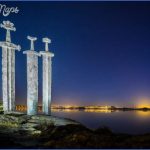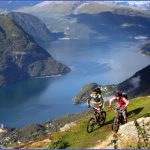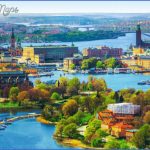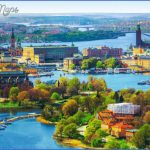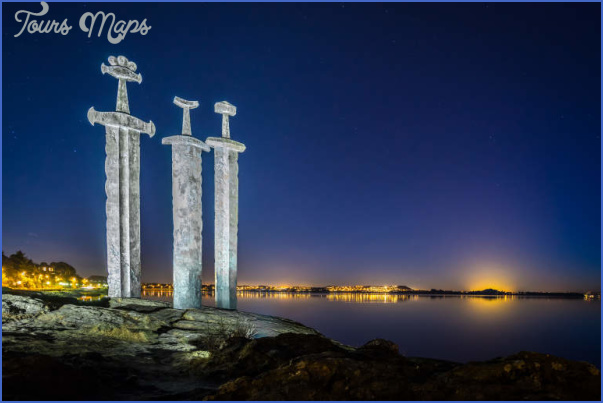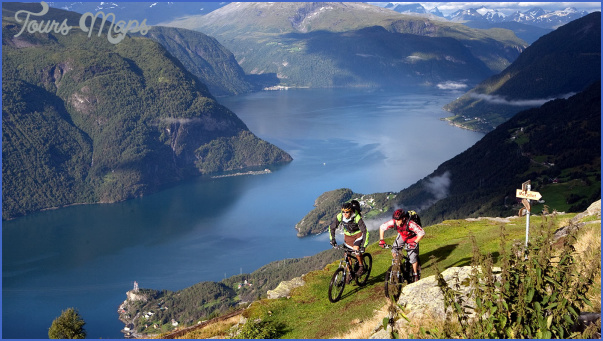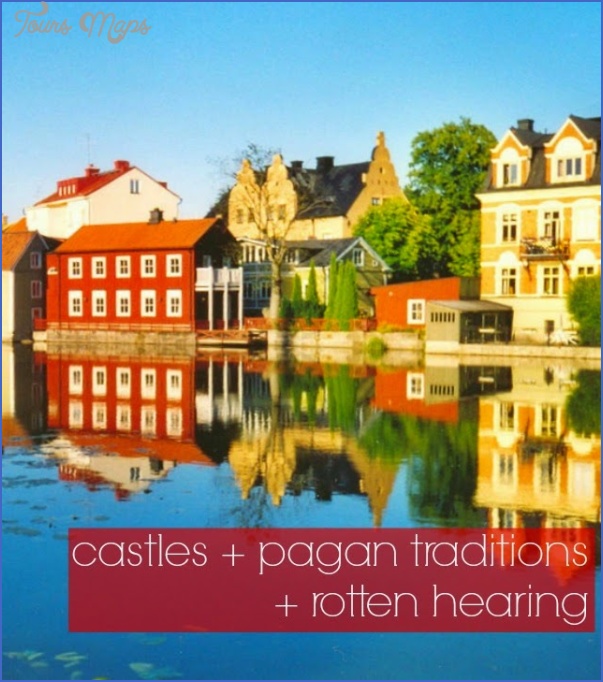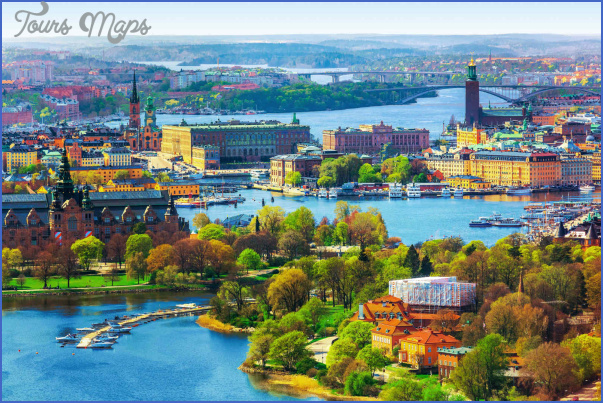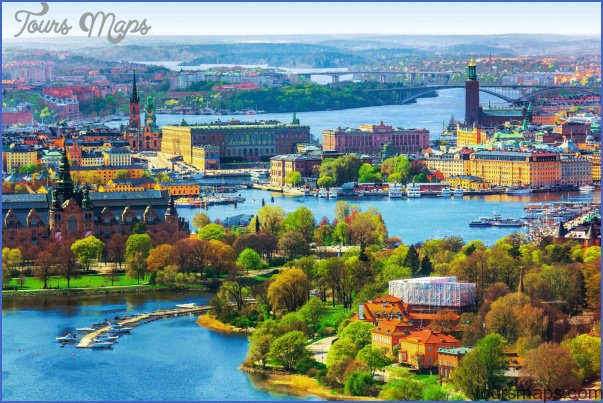The large lakes of central Sweden are relics of the sea which once covered this area; but the abundant flow of water from many rivers has long removed any trace of salt.
The great masses of ice, 2 km (1J miles) thick, bore down heavily on the underlying land, and when this pressure was relieved with the melting of the ice the land rose, most markedly in the middle of the area formerly covered by ice. Some 8500 years ago, therefore, the channels traversing central Sweden and Finland were raised above sea level and drained of water; and the Baltic again became a lake known as Lake Ancylus which with the continuing retreat of the ice now included the present-day Gulf of Bothnia. Finally, some 7000 years ago, the present channels between the Danish islands opened up and provided a link with the North Sea. Thus there came into being the Litorina Sea, the forerunner of the Baltic as we know it today.
Geologists have been able to establish an absolute time scale for these events with the help of the varve deposits, which are particularly well exposed at Uppsala. Just as tree-rings can be dated by the varying pattern they form from year to year, so these clay deposits, varying in colour and grain size, form a pattern which can be dated, and the thickness and quality of each annual layer yield information about meteorological conditions year by year in the post-glacial period.
The land is continuing to rise in Scandinavia, at a rate which around the Gulf of Bothnia amounts to about 1 m (40 in.) in a century, so that towns such as LuleS and Oulu have had to move their harbours steadily farther out to follow the retreating sea. In the Stockholm area the rise is at the rate of about 40 cm (1 6 in) in a century; and within historical times new skerries have kept emerging from the sea and older channels and inlets of the sea have become dry land.
The action of the glaciers produced a very varied topographical pattern. In the Scandinavian mountains they ground their way over the high plateaux, leaving only the prominent nunataks which had always stood out above the mass of the ice. The separate arms of the glaciers gouged out the mighty U-shaped valleys, forming vertical rock faces over which waterfalls now tumble. The valleys often had deeper basins scooped out by the ice or were blocked by morainic deposits, leading to the formation of the lakes so commonly found in them. The fjords, too, were carved out to very great depths: the Sognefjord, for example, is very much deeper (1 245 m 4085 ft) than the North Sea, most of which barely attains a tenth of that depth.
Scandinavia Guide for Tourist Photo Gallery
Maybe You Like Them Too
- The Best Cities To Visit in The World
- World’s 10 Best Places To Visit
- Coolest Countries in the World to Visit
- Travel to Santorini, Greece
- Map of Barbados – Holiday in Barbados

